Forêt Jangtaesan (장태산자연휴양림)
12.4Km 2022-12-26
461, Jangan-ro, Seo-gu, Daejeon-si
+82-42-270-7883
La forêt Jangtaesan se situe dans une zone montagneuse qui est peuplée de forêts denses d'arbres de ginkgo. Le site dispose de sentiers, d’une promenade forestière thérapeutique, d’équipements sportifs, d’un jardin botanique. d'hébergements, d’un centre de loisirs et d’un centre de formation. Les réservations peuvent être faites sur la page d'accueil.
http://www.jangtaesan.or.kr/contents/app/informationOrder.jsp (coréen)
Sources thermales de Yuseong (유성온천지구)
12.5Km 2021-08-05
Bongmyeong-dong, Yuseong-gu, Daejeon-si
+82-42-611-2076
La source thermale de Yuseong se situe à Yuseong-gu, au centre de Daejeon. Elle est célèbre pour son efficacité dans la cure de certaines maladies. L’eau thermale de Yuseong contient des minéraux alcalins comme du calcium, du potassium, du sulfate, de l’acide carbonique, de l’acide silicique et surtout un fort taux de radium. Ces éléments sont connus pour leur efficacité dans le traîtement de la névralgie et des maladies gériatriques. Beaucoup d'installations touristiques et d'hôtel se trouvent aux alentours.
Une légende sur la souce thermale de Yuseong est transmise de père en fils depuis des générations : vers la fin du royaume de Baekje, un homme fut grièvement blessé pendant la guerre contre le royaume de Silla. Sa mère fit de son mieux pour soigner son fils unique. Un jour, elle aperçut une grue blessée près d’une flaque d’eau formée suite à la fonte de la neige. La grue trempa ses ailes dans l’eau et s’en était trouva guérie. Aussitôt qu’elle vit cela, la mère asperga les blessures de son fils de cette eau et son fils s’en trouva complètement guéri. Cette légende, parmi d’autres, a contribué à rendre la station thermale de Yuseong célèbre pour le traitement des blessures et autres maladies.
Centre d'activités des bain de pied de Yuseong (유성 족욕체험장)
12.5Km 2023-01-17
Bongmyeong-dong, Yuseong-gu, Daejeon
Le centre de bains de pieds dans les sources thermales de Yuseong désigne un bain de pieds à ciel ouvert où il est possible de profiter d'une eau thermale naturelle à 40 degrés. Au total, 200 personnes peuvent profiter des bains de pieds en même temps dans quatre bains d'une suface totale 20 778 ㎡.
Le service du centre de bains de pieds est fourni gratuitement aux touristes visitant Daejeon de sorte qu'ils puissent profiter des sources thermales. La municipalité de Yuseong contrôlant elle-même la qualité de l'eau et la propreté du centre, il est possible de faire des bains de pieds en toute sécurité. On trouve également un endroit où l'on peut se laver les pieds avant d'entrer dans un bain de pieds. Ce dernier consiste à faire tremper ses pieds et ses jambes dans l'eau chaude, une action bénéfique pour la circulation sanguine et pour soulager le stress et la douleur. Le centre est particulièrement prisé des seniors.
L’exploitation agricole de l’oncle Fraise (논산 딸기삼촌농장)
12.6Km 2021-05-28
423-9, Byeongsa-ri, Noseong-myeon, Nonsan-si, Chungcheongnam-do
+82-10-3884-4349
Comme tous les autres agriculteurs de fraises, l’oncle Fraise a, au début, fourni ses produits à des distributeurs détaillants comme les marchés, les centres commerciaux et les magasins discount. Cependant il a décidé de changer cela, et maintenant il rencontre les consommateurs lui-même sur ses terres et fournit directement ses fraises. Sans détaillants intermédiaires, l’oncle Fraise est maintenant capable de fournir des fraises de la plus grande qualité à des prix plus intéressants.
En 2006, l’oncle Fraise a commencé à gérer un programme d’activité dans son exploitation. Initiallement, il n’y en avait que 8, maintenant le nombre a sauté à 44. Durant des années, les terres de l’oncle Fraise ont fait pousser des fraises basées sur des méthodes agricoles totalement naturelles et respecteuses de l’environnement. L’oncle Fraise est un agriculteur determiné qui pense que le plus important est d’offrir les meilleurs fraises à ses clients. Avec cela en tête, il fait de son mieux pour faire pousser des fraises de grande qualité et bonnes pour la santé en utilisant des pesticides naturels. Ses produits sont certifiés bio.
Le Hall Jeongsimhwa au Centre Culturel International à l’Université Nationale de Chungnam (충남대학교 정심화국제문화회관)
13.3Km 2024-12-18
99, Daehak-ro, Yuseong-gu, Daejeon-si
+82-42-821-8080
Le Centre Culturel International de Jeongsimhwa est un grand bâtiment situé sur la droite, juste après avoir passé la porte de l’Université Nationale de Chungnam.
‘Jeongsimhwa’ est le nom bouddhiste de Ms. Lee Bok-Soon, qui a donné ses épargnes à l’université en 1990 (5 milliards de won). Elle a gagné cet argent pendant de nombreuses années en vendant des gimbabs (riz enroulé dans une algue séché), qui se vendent environ 1000 ou 2000 won pièce.
Le centre culturel fut construit pour rendre hommage à Ms. Lee. Après de longs efforts de constructions, le projet fut complété en 2000. Le Hall Jeongsimhwa au centre dispose de 1817 sièges et il est utilisé pour les concerts, les performances et d’autres évènements à grande échelle. Le Hall Baekma (450 sièges) et le Hall Daedeok (200 sièges) sont utilisé premièrement pour les séminaires. Un parking de 268 places a également été construit au Centre Culturel International Jeongsimhwa pour faciliter l’accès aux visiteurs.
Parc Yurim (유림공원)
13.8Km 2025-11-05
27, Eoeun-ro, district de Yuseong-gu, Daejeon
Situé le long de la rivière Gapcheon, à proximité de la mairie de l’arrondissement de Yuseong-gu à Daejeon, le parc Yurim est accessible depuis Hanbat-daero ou Oncheondong-ro, et se trouve à proximité de la bretelle Yuseong IC de l’autoroute Honam. En transports en commun, on peut y accéder par la ligne 1 du métro de Daejeon, station Wolpyeong. Dans les environs se trouvent les sources thermales de Yuseong, la rue commerçante Gung-dong Rodeo, ainsi que le campus Daedeok de l’université nationale de Chungnam.
Le parc est réputé pour ses cerisiers au printemps et ses chrysanthèmes à l’automne, période durant laquelle s’y tient le festival des chrysanthèmes. C’est un lieu agréable pour la promenade, les sorties en famille ou les pique-niques. Dans l’étang Bandoji, un petit jardin en forme de péninsule coréenne, on peut admirer une roue à aubes, des fleurs de lotus et un pavillon ombragé. Le parc dispose également d’une scène en plein air où se tiennent divers concerts et événements. Le nom « Yurim » provient du pseudonyme du fondateur de Gyeryong Construction, Lee In-gu, en hommage à la contribution de l’entreprise à l’aménagement du parc.
Daejeon O-World (대전오월드)
14.6Km 2022-12-27
70, Sajeonggongwon-ro, Jung-gu, Daejeon
+82-42-580-4820
Daejeon O-World a été créé lorsque le zoo de Daejeon et le parc d’attraction Joy Land ont été intégrés sous la supervision de Daejeon City Corporation. 40 milliards de won ont été investis dans ce projet, et après la construction de Flower Land (580 000 m²), ce parc d’attractions complet a été rebaptisé Daejeon O-World. O-World est principalement composé de trois zones : Flower Land, Zoo Land et Joy Land.
Zoo Land abrite au total 600 animaux de 130 espèces, dont des ours noirs américains, des tigres du bengale, des lions, des éléphants, des girafes, des zèbres et des autruches. Joy Land propose de nombreux manèges allant d’un toboggan aquatique à un terrain de luge permanent. Flower Land accueille de nombreux sites intéressants, comme par exemple la roseraie, le jardin des quatre saisons, le jardin des herbes et le jardin du labyrinthe. Une scène extérieure et une salle de concert se trouvent également dans le parc. 150 000 arbres de 100 espèces différentes, ainsi que 200 000 fleurs de 85 espèces différentes poussent à Flower Land, permettant aux visiteurs d’admirer toute une variété d’arbres et de fleurs toute l’année.
Après une promenade sur la rue du festival, les visiteurs verront un grand étang de 3 000 m². Une fontaine projete de l’eau à 20 m et la nuit, des lampes colorées illuminent l’étang et la fontaine, créant un paysage éblouissant. L’eau de la fontaine est également utilisé comme écran d’eau pour projeter des images.
Récemment, un safari herbivore avec 20 cerfs et un safari des loups avec 7 loups a été créé dans le passage qui relie Zoo Land et Flower Land.
Goodmorning Residence Hotel Hue / 굿모닝레지던스호텔휴
15.1Km 2025-08-12
21, Dunsan-ro 73beon-gil, Seo-gu, Daejeon
+82-42-489-4000
Good Morning Residence Hotel Hue is like a guesthouse with hotel services. There are various types of rooms that suit the needs of both tourists and business travelers. The Standard Room is like a studio room with small kitchen, home appliances, and some office supplies. The hotel also has a seminar room and a fitness gym. There are safe deposit boxes at the front desk for the guests to store their valuables. There is also a shared desktop computer in the lobby, which is connected to the parking tower and the hotel's Italian restaurant. There is a 24-hour convenience store on the first floor. Located in Dunsan-dong, one of the downtown areas of Daejeon, the hotel is very close to a number of government offices such as City Hall, Office of Education, and Court. Nearby tourist destinations include Hanbat Arboretum, Daejeon Museum of Art, and Lee Ungno Museum, which are all located in the downtown area.
Musée de la géologie (지질박물관)
15.3Km 2022-10-17
124, Gwahak-ro, Yuseong-gu, Daejeon
+82-42-868-3798
Le Musée de la géologie situé dans l'arrondissement de Yuseong-gu à Daejeon, est le premier musée international en Corée consacrée à la géologie. Le musée bénéficie d'une conception architecturale inspirée par la cuirasse d'un Stégosaure tout en étant divisé en une salle principale, deux salles d'exposition, une salle de scéance, un espace d'exposition en plein air, et une salle d'exposition spéciale. <br> La salle principale du musée présente des dinosaures et des fossiles ainsi que d'autres éléments liés aux dinosaures. La salle d'exposition 1 se décompose via trois thèmes différents : Terre, Fossiles et Evolution. La salle d'exposition 2 présente divers minéraux d'affichage, des roches et des extraits de météorites.
Musée national de la Science (국립중앙과학관)
16.0Km 2021-04-24
481, Daedeok-daero, Yuseong-gu, Daejeon-si
+82-42-601-7979
Au centre du musée se trouve la salle astronomique, le plus grand dome de Corée. Il y a aussi le seul "world-class space" cinéma de Corée. Ce dernier est capable de simuler un ciel étoilé. L’astrovision est un outil visuel assez fantastique donnant une magnifique et réaliste vue de l’évolution de l’espace. Environ 4000 objets liés à la nature et aux sciences naturelles sont exposés dans le hall d’exposition permanent .
Il y a également des salles sur la nature, les armes et les instruments de musique folkloriques. Vous pourrez voir comment est produite et transportée l'énergie naturelle.
A l’extérieur du hall Cheomseongdae se trouve une machine à évaluer le temps, de l’époque de Goryeo; des reproductions de dinosaures et un engin à vapeur. Ces expositions permettent de mieux comprendre les théories de la science.
Le musée possède aussi un cinéma de 776 places. Des films sur la science ou autres sont projetés tous les jours de 11h à 14h.

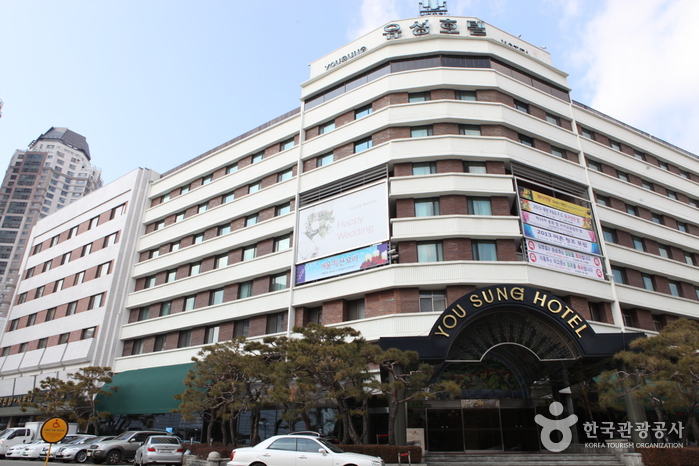
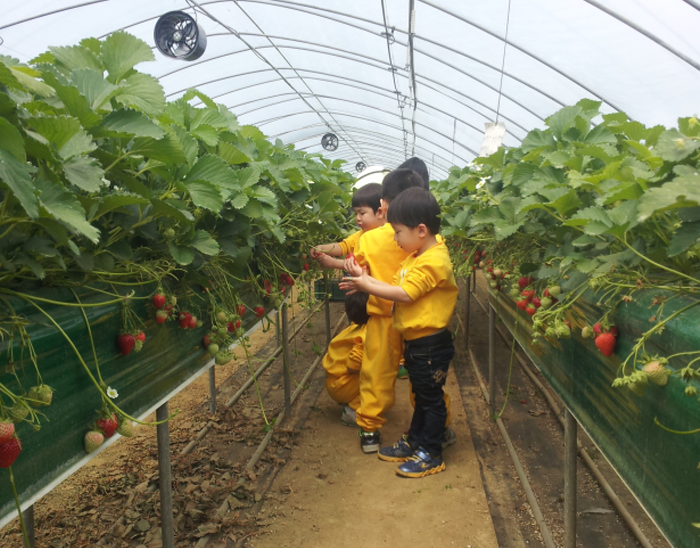
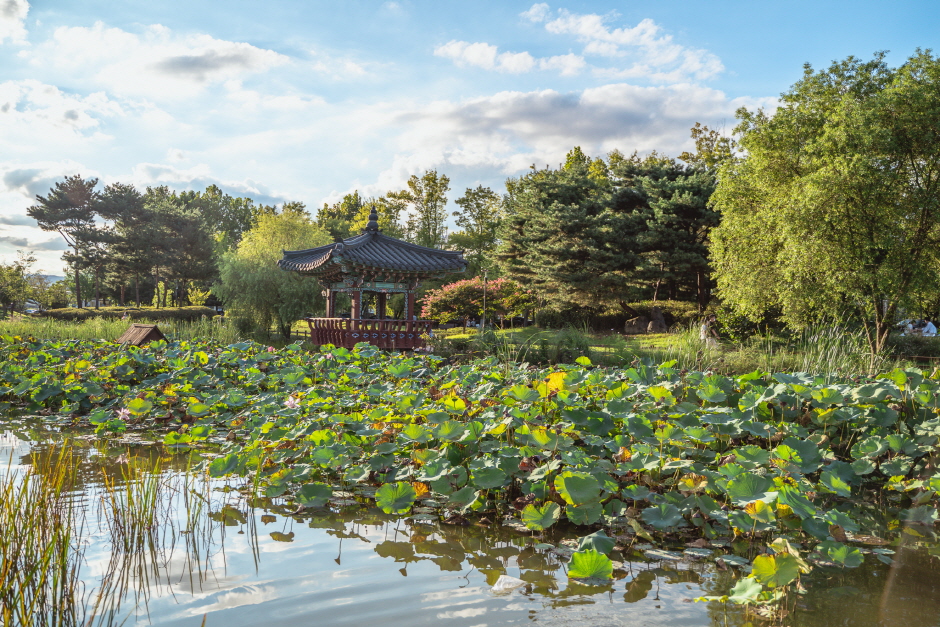
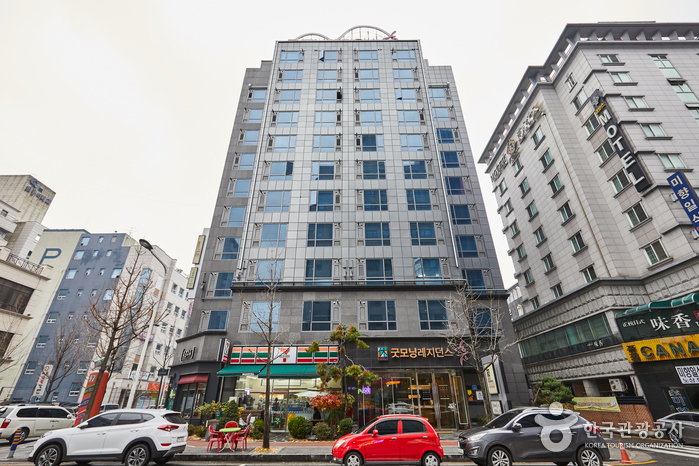
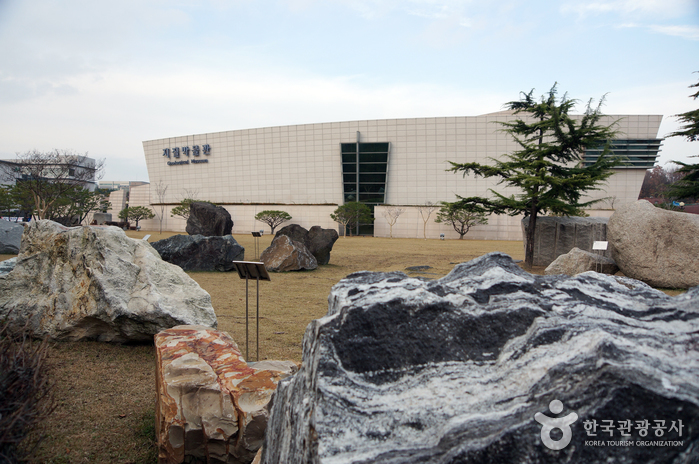
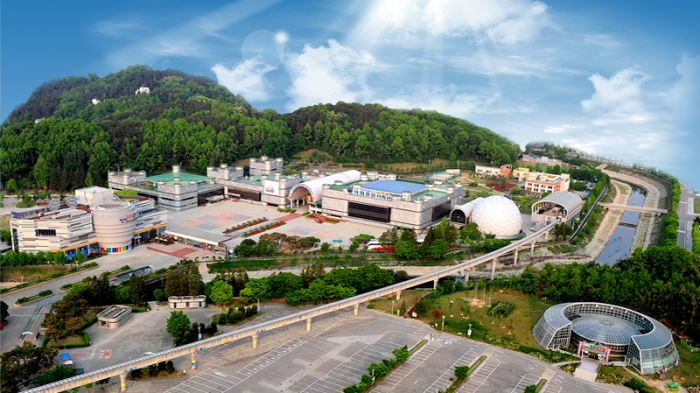
 Français
Français
 한국어
한국어 English
English 日本語
日本語 中文(简体)
中文(简体) Deutsch
Deutsch Español
Español Русский
Русский